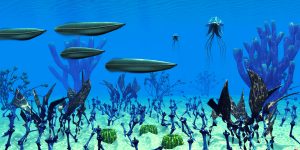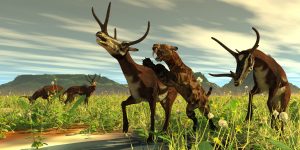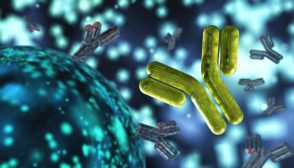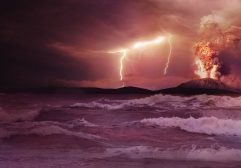Balsam
1. A resin containing more or less of an essential or volatile oil.
The balsams are aromatic resinous substances, flowing spontaneously or by incision from certain plants. A great variety of substances pass under this name, but the term is now usually restricted to resins which, in addition to a volatile oil, contain benzoic and cinnamic acid. Among the true balsams are the balm of gilead, and the balsams of copaiba, Peru, and tolu. There are also many pharmaceutical preparations and resinous substances, possessed of a balsamic smell, to which the name balsam has been given.
2. (Science: botany) a species of tree (abies balsamea). An annual garden plant (impatiens balsamina) with beautiful flowers; balsamine.
3. Anything that heals, soothes, or restores.
(Science: botany) Was not the people’s blessing a balsam to thy blood? (Tennyson) balsam apple, the American coniferous tree, abies balsamea, from which the useful canada balsam is derived. Balsam of copaiba. See copaiba. Balsam of Mecca, balm of gilead. Balsam of peru, a reddish brown, syrupy balsam, obtained from a Central American tree (myroxylon Pereirae and used as a stomachic and expectorant, and in the treatment of ulcers, etc. It was long supposed to be a product of Peru. Balsam of tolu, a reddish or yellowish brown semisolid or solid balsam, obtained from a south American tree (Myxoxylon toluiferum). It is highly fragrant, and is used as a stomachic and expectorant. Balsam tree, any tree from which balsam is obtained, especially. The abies balsamea. Canada balsam, balsam of fir, canada turpentine, a yellowish, viscid liquid, which, by time and exposure, becomes a transparent solid mass. It is obtained from the balm of gilead (or balsam) fir (abies balsamea) by breaking the vesicles upon the trunk and branches. See balm.
Origin: L. Balsamum the balsam tree or its resin, gr. See balm.
Dictionary > Balsam
You will also like...

Arthropods
The arthropods were assumed to be the first taxon of species to possess jointed limbs and exoskeleton, exhibit more adva..

Early Mammals on Earth
The Earth's ecosphere was rapidly changing and throwing up a wide range of ecological niches that new adaptive organisms..

Passive and Active Types of Immunity
Lymphocytes are a type of white blood cell capable of producing a specific immune response to unique antigens. In thi..

Regulation of Organic Metabolism, Growth and Energy Balance
The human body is capable of regulating growth and energy balance through various feedback mechanisms. Get to know the e..

Regulation of Biological Systems
Regulation of Biological Systems tutorials are focused on the modulation of biological systems from cell to population l..

Origins of Life on Earth
Earth was created around 4.5 billion years ago and life began not long after. Primitive life likely possessed the elemen..

